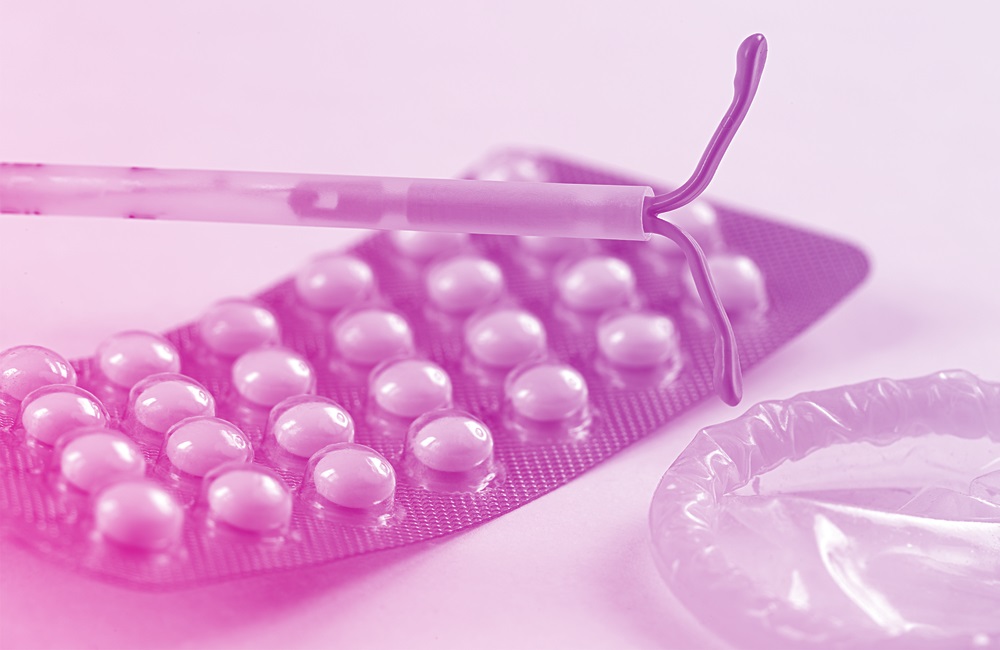IUD (Coil)
An IUD increases contraceptive efficacy and can also reduce menstrual blood loss and pelvic pain. They are often used in women with endometriosis or heavy, painful periods due to its suppressive effects on the menstrual cycle. The biggest problem with hormone releasing coils is that they are often associated with very unpredictable bleeding – particularly in the first 3 months of use, and that up to 1 in 6 women will ask for it to be removed. This is usually because of ongoing unpredictable bleeding or side-effects that can include mood change, bloating or acne.
There are two kinds of IUD: hormonal and non-hormonal. The copper coil is non-hormonal and works by causing an inflammatory reaction (which is unfavourable for implantation of a pregnancy) in the cavity of the womb as well as the copper being relatively toxic to sperm.
Copper coils often make periods a little more painful and can be associated with increased vaginal discharge. The hormone releasing coils release a small dose of local progestogen hormone.
Fitting an IUD
Fitting a coil is usually relatively straightforward and is done in the clinic. It involves being examined (a bit like a smear test) to assess the shape, size and position of the womb and cervix (neck of the womb). The coil itself is pushed up through the cervix into the cavity of the womb. There are two strings attached to the device which are then trimmed so that they remain close to the cervix. These strings are there to allow easy removal of the device. Most IUD’s are licensed for contraception for 5 years.
The main risks of using a coil are either introducing infection (in particular chlamydia if it present in the cervix) or much less commonly perforation of the womb (where the instrument or coil is passed through the entire thickness of the muscle of the womb).
The pill
‘The pill’ is one of the most common forms of contraception used in the UK and is highly effective. It can also make periods lighter and less painful and in some cases help with premenstrual symptoms. As it is a hormonal form of contraception there can be side-effects and there are some risks. The pill is only effective if taken properly and long-term fertility is unaffected.
There are two forms of oral contraceptive:
- The combined oral contraceptive pill (COCP): This contains estrogen and progestogen and works by stopping ovulation. It is particularly good at making periods less heavy and painful but is associated with an increased risk of blood clot (thrombosis) eg DVT or pulmonary embolus which are serious complications. Some types of pill have greater risk than others. The pill is not suitable for all women and in particular is not appropriate for heavy smokers or women with a personal history or family history of blood clotting or a personal history of migraine. There appears to be a small increase in risk of breast and cervical cancer in women who take the COCP long-term but also a significant reduction in the lifetime risk of ovarian cancer. Generally the COCP is well tolerated but it is not uncommon to get breast tenderness, headache or nausea in the first three months.
- The progestogen only pill (POP): The POP works by thickening cervical mucus to prevent sperm getting through the barrier at the cervix. It does need to be taken at the same time every day (usually within a two hour window, but this depends on which POP you are prescribed). The commonest side-effect with the POP is irregular (breakthrough bleeding) but it can also be associated with mood change and acne.






